Electromechanical actuators are devices that convert electric energy into mechanical force in such a way as to execute work, mostly moving an object or a device. Read More…
Del-Tron Precision, Inc. was founded in order to serve the needs of automated equipment manufacturers for innovative, high quality and reasonably priced anti-friction linear bearings and associated products such as valve actuators.

At IAI America, we are dedicated to providing value and originality with any product that we provide to you. Our linear actuator model types include slider, folded-motor slider, rod, and single, double, or ball-bushing type guided rod actuators. Our staff members are committed to being available in order to bring you full customer satisfaction while delivering the products that will best suit...

Our linear actuators deliver exceptional quality and performance under $120 USD. Whether you're prototyping, launching a startup, or developing products for medical, automotive, robotics, or other applications, we help you save time and cost. We also offer custom actuator solutions for specific requirements. Our new L8 series brings enhanced performance to compact applications, and every actuator ...
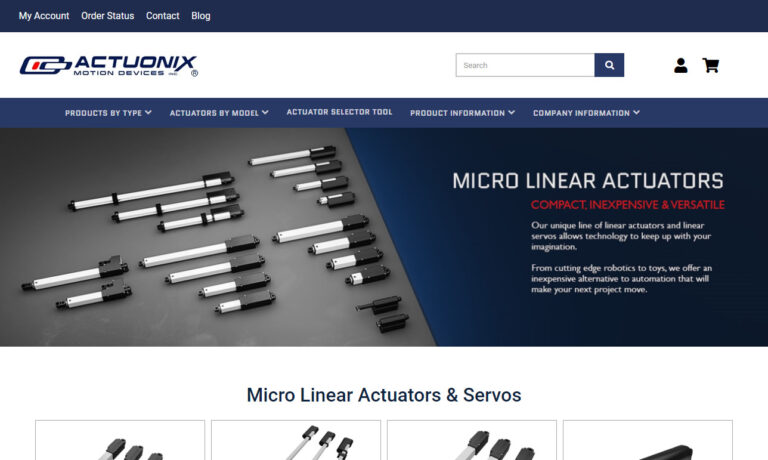
ElectroCraft hybrid stepper-based linear actuator solutions provide original equipment manufacturers the precision, performance and reliability that is required for a wide variety of motion control positioning applications. From medical and laboratory equipment to industrial machinery, ElectroCraft offers configurable or completely customizable solutions in three unique product designs: linear...

Isotech provides a number of different linear actuator & lifting columns for various applications. These products can be customized to meet your specific load requirements and travel distances. You can trust the accuracy of these solutions and the experts at Isotech is always available to assist you with your needs. Feel free to contact them today to learn more information!
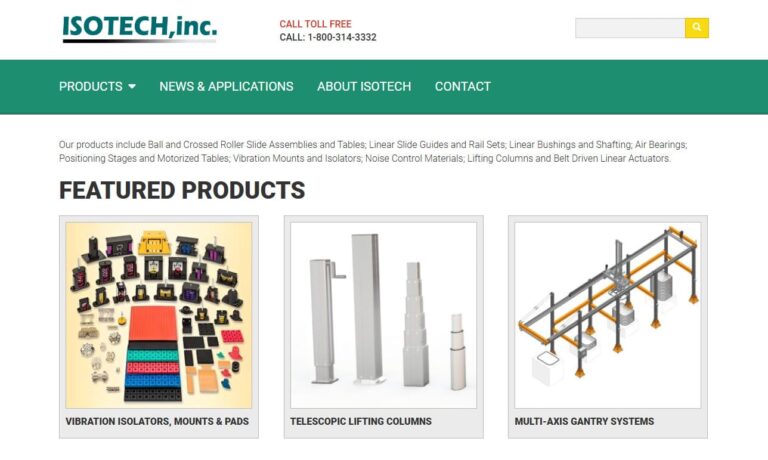
Tusk Direct’s specialty is linear motion components. We offer slides, bearings, lubricants and assemblies compatible with pneumatic or electric actuators and actuator systems.
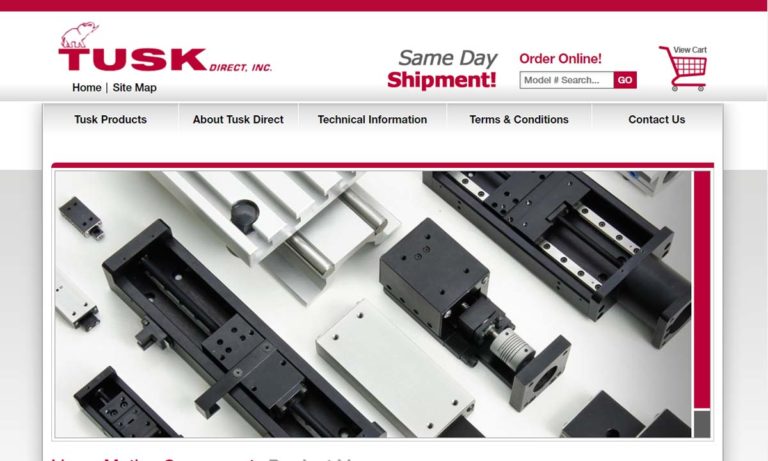
More Electromechanical Actuator Manufacturers
What are Electromechanical Actuators?
They can be found in different shapes, designs, and sizes, but they all use the same basic principle of converting electric energy into motive force.
The generated motive force can be used by moving large doors, for the operation of switches for sorting conveyor systems, or for moving powered valves.

In some scenarios, electromechanical actuators are designed to hold objects or to prevent particular types of motion. All devices that work on the principle of directly converting electricity into motion are electromechanical actuators.
The term electromechanical actuator covers an extremely large number of devices. Electromechanical actuators can be categorized in two ways: by the mechanism that converts the electricity into motion and by the achieved direction of motion.
How Electromechanical Actuators Work
These actuators do not utilize hydraulic fluid, therefore eliminating the presence of flammable and toxic liquid and its associated power sources, piping, and potential for leaks.
Instead, electromechanical actuators work on the basic principle of converting electricity to mechanical energy. Electric motors are utilized in the driving of linear actuators.
The spinning motion of the servo motor is mechanically coupled to an Acme lead screw, planetary roller screw, or ball screw through a gearbox for conversion into linear motion.
Types of Electromechanical Actuators
The different types of electromechanical actuators include:
Electromechanical Linear Actuator
This type of electromechanical actuator uses motion in a straight line. A linear electromechanical actuator is utilized in moving objects such as sliding doors, louvers on windows, aircraft flight control surfaces, and positioning another machine or tool.

These are only a few examples, and more are common in all phases of everyday life and all phases of industries. Linear actuators can convert electricity into motion in one of two main ways: piezoelectricity or an electric motor.
Electric motors make use of electric current for the creation of a magnetic field. This will result in the rotary motion of a wheel or a spindle.
In linear actuators, the rotary motion is converted into a linear motion by using gears or a certain type of assembly known as a bolt and screw transducer.
Electromechanical Rotary Actuators
These electromechanical actuators move objects with a spinning or a rotary motion, like a rotating fan. They also typically drive through a worm-gear reducer. Electric rotary actuators use reversible motors to move valves between closed and open positions.

There are also available models that return the valve to a safe position upon power loss, utilizing either battery or capacitor backup or stored spring energy.
Generally, a more complex transmission is required to wind the spring by the stored spring design. However, it is easy to adapt electromechanical rotary actuators to distributed control systems.
Benefits of Electromechanical Actuators
- They improve the machine's performance owing to their smooth and accurate delivery force.
- They are capable of resisting more temperature variations.
- They do not leak since they don't contain any oil, requiring less maintenance.
- They can be set up with great ease, and their installation is easy; they save running costs that are more than 50%.
- Because they are not prone to air leaks, they are suitable for applications where clean operation is required, as in the case of beverage, food, medical and packaging industries.
- Compared to their counterparts, electromechanical actuators are found in modular design to provide total control of motion profiles.
- Because they only use power during their movement, they are considered more energy-efficient than their counterparts.
- Their design is rugged and does not affect performance when run continuously.
- They do not pose a risk of environmental contamination as there are no hydraulic fluid leaks.
- They operate quietly compared to hydraulic and pneumatic actuators.
- They can facilitate a high degree of customization in the loads desired, strokes and retract lengths, and duty cycles.
- They are long-lasting and require less maintenance operation regardless of usage.
- They are equipped with aluminum housings to protect them from corrosion, with a weather-resistant sealant.
- These actuators exhibit high speed and acceleration capabilities and excellent load-bearing capacity.
Choosing the Proper Electromechanical Actuator Supplier
To ensure you have the most beneficial outcome when purchasing electromechanical actuators from an electromechanical actuator supplier, it is important to compare several companies using our directory of electromechanical actuator suppliers. Each electromechanical actuator supplier has a business profile page highlighting their areas of experience and capabilities, along with a contact form to directly communicate with the supplier for more information or request a quote. Review each electromechanical actuator supplier business website using our patented website previewer to quickly learn what each company specializes in. Then, use our simple RFQ form to contact multiple electromechanical actuator companies with the same form.





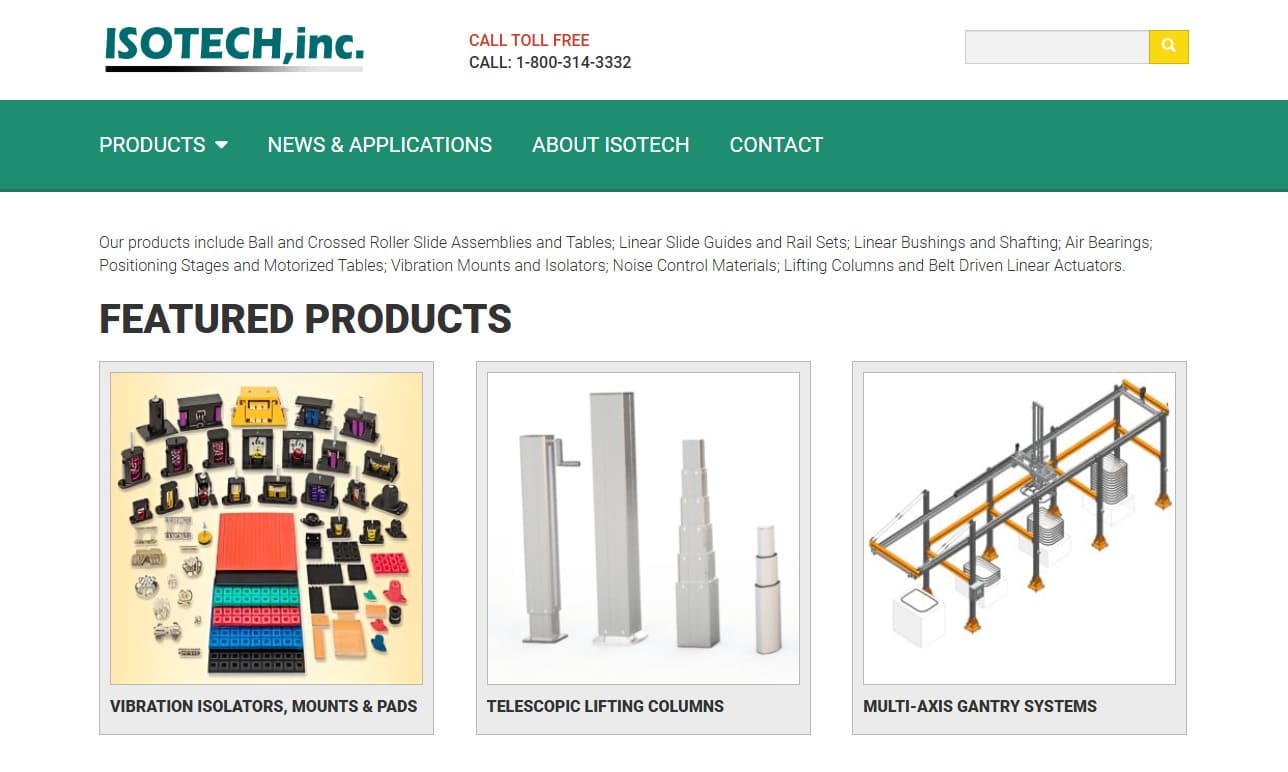

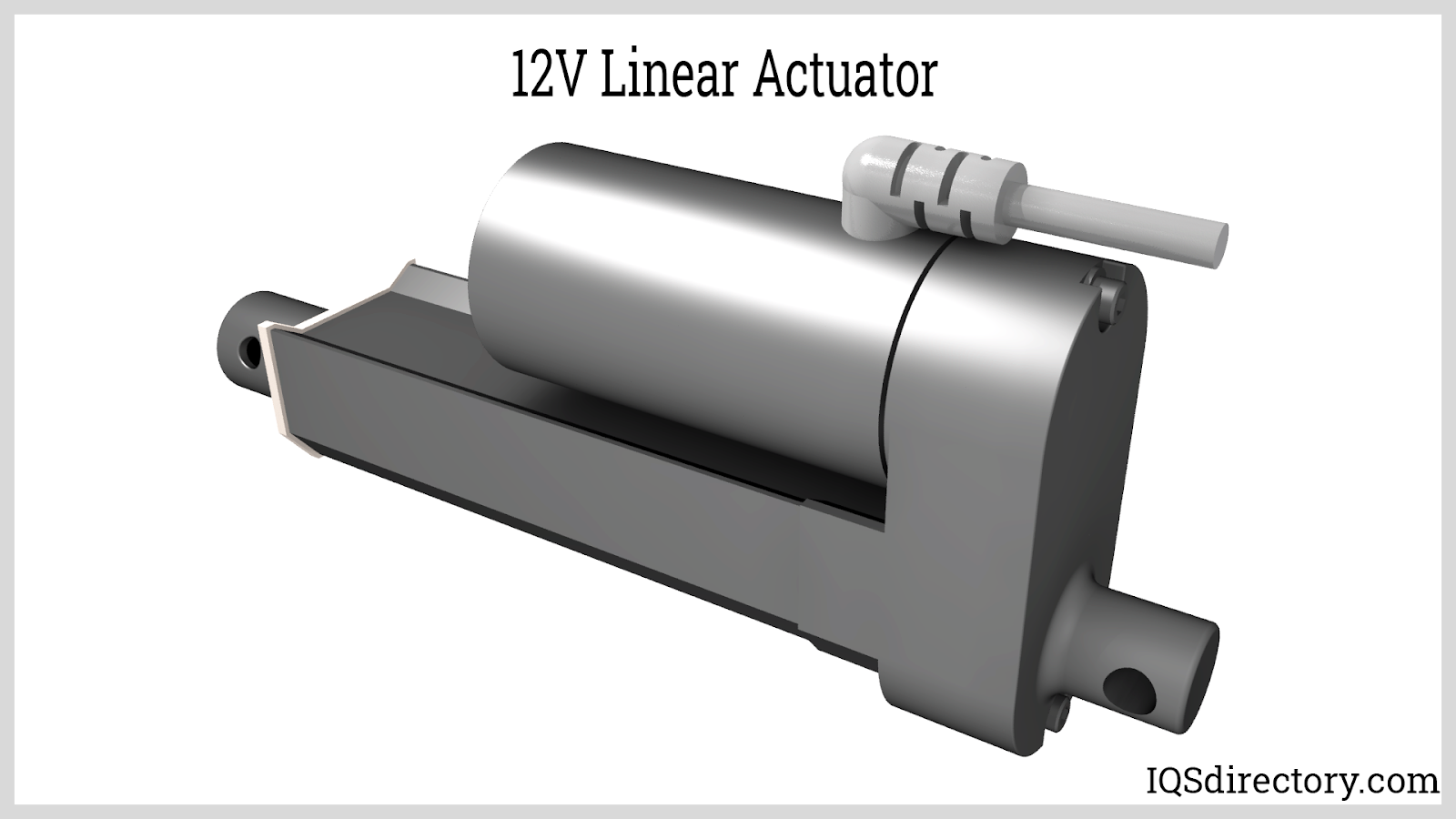
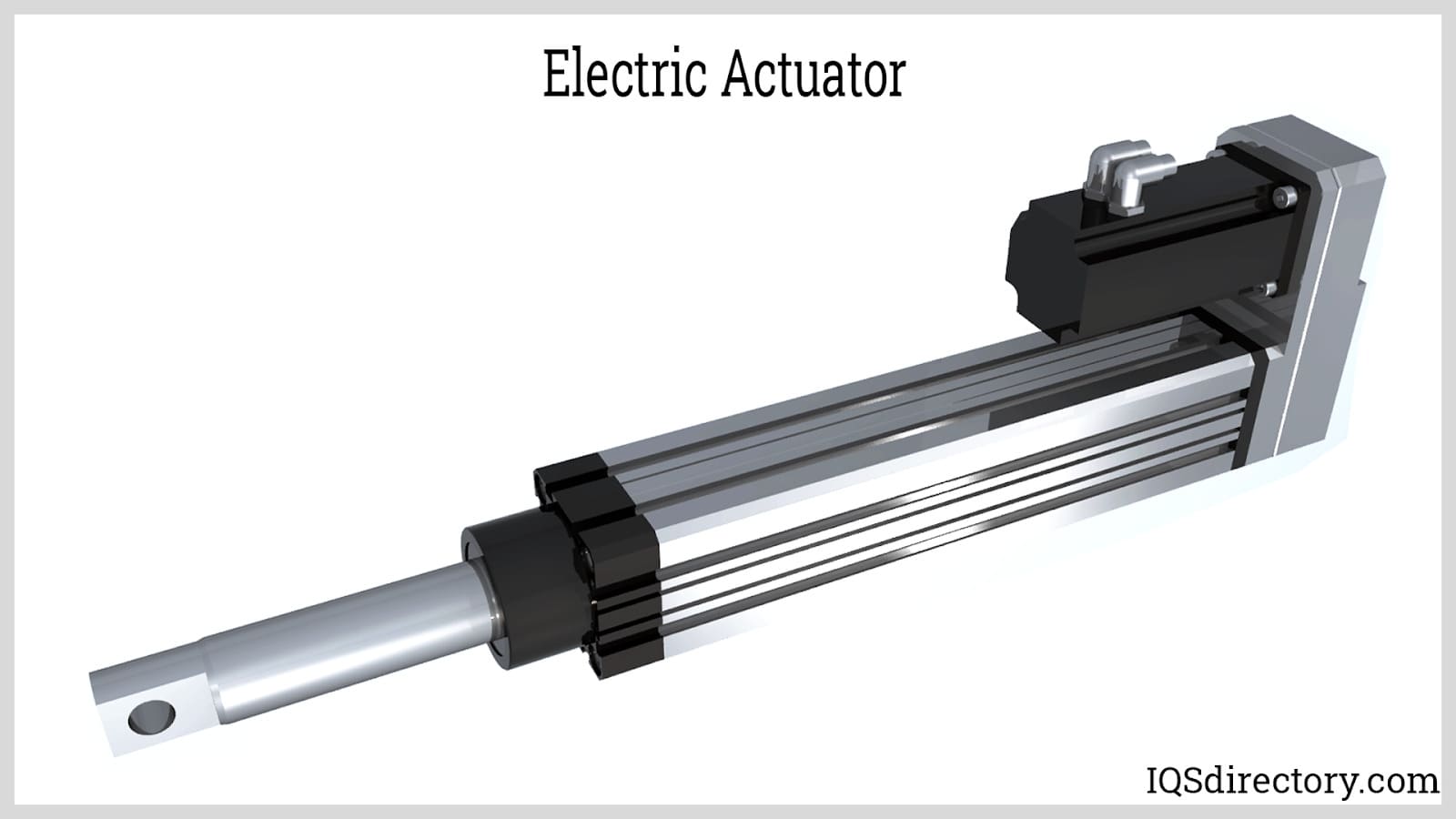
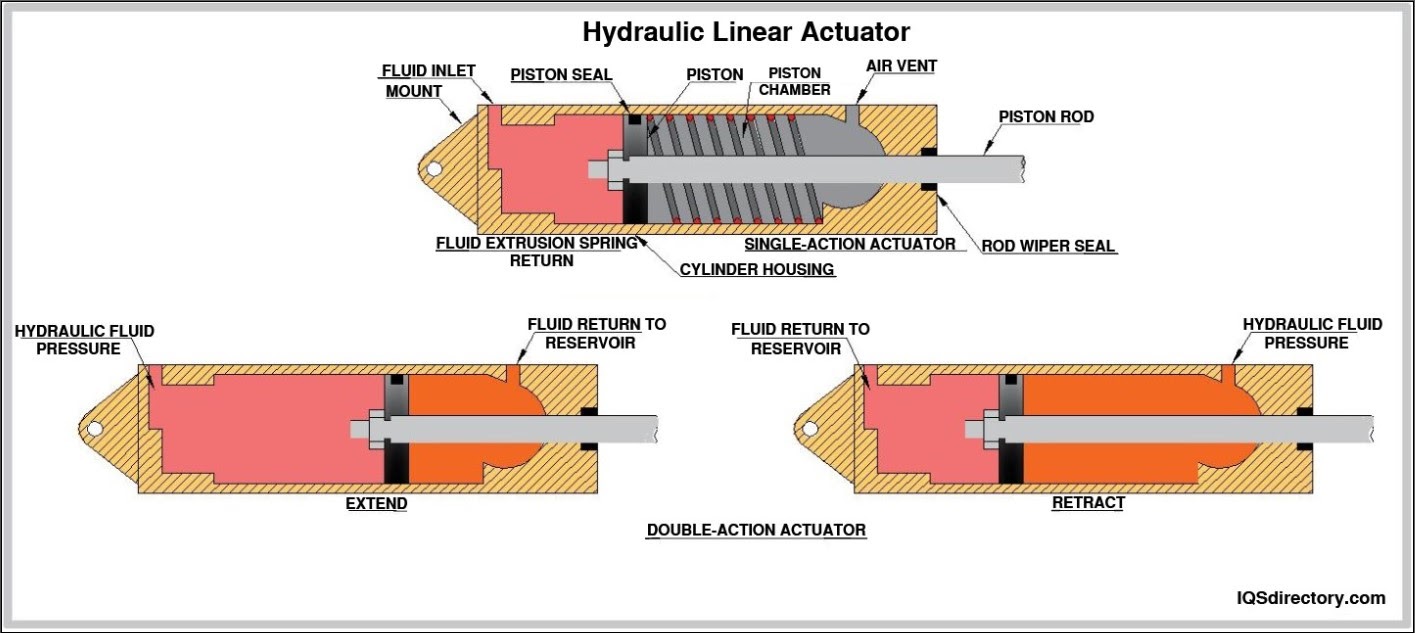
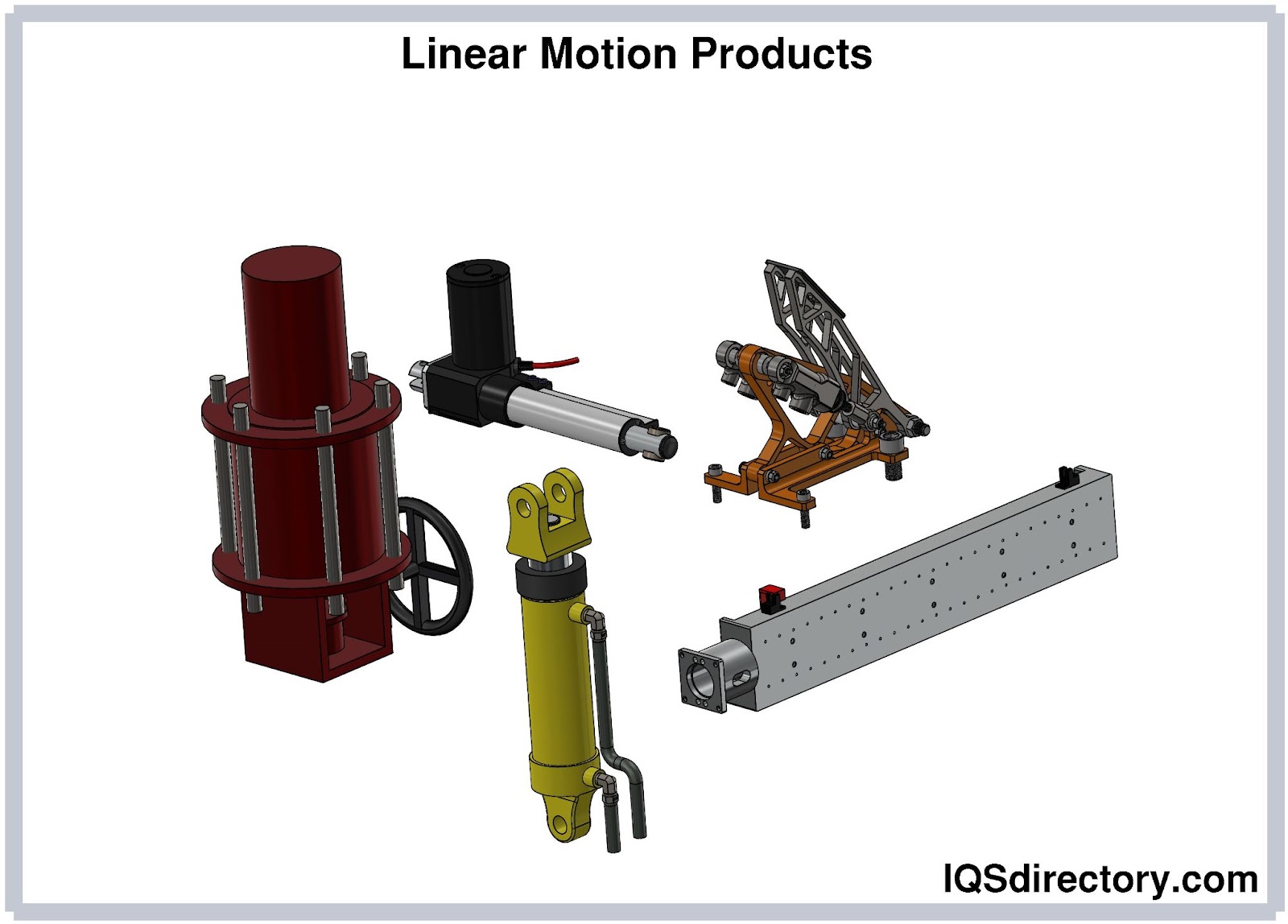
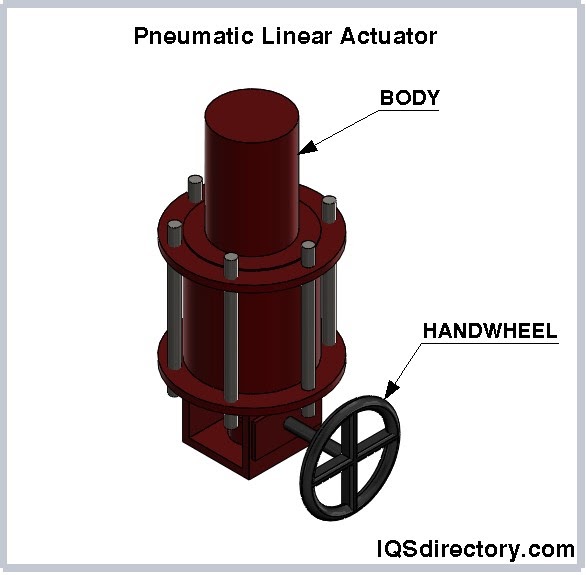
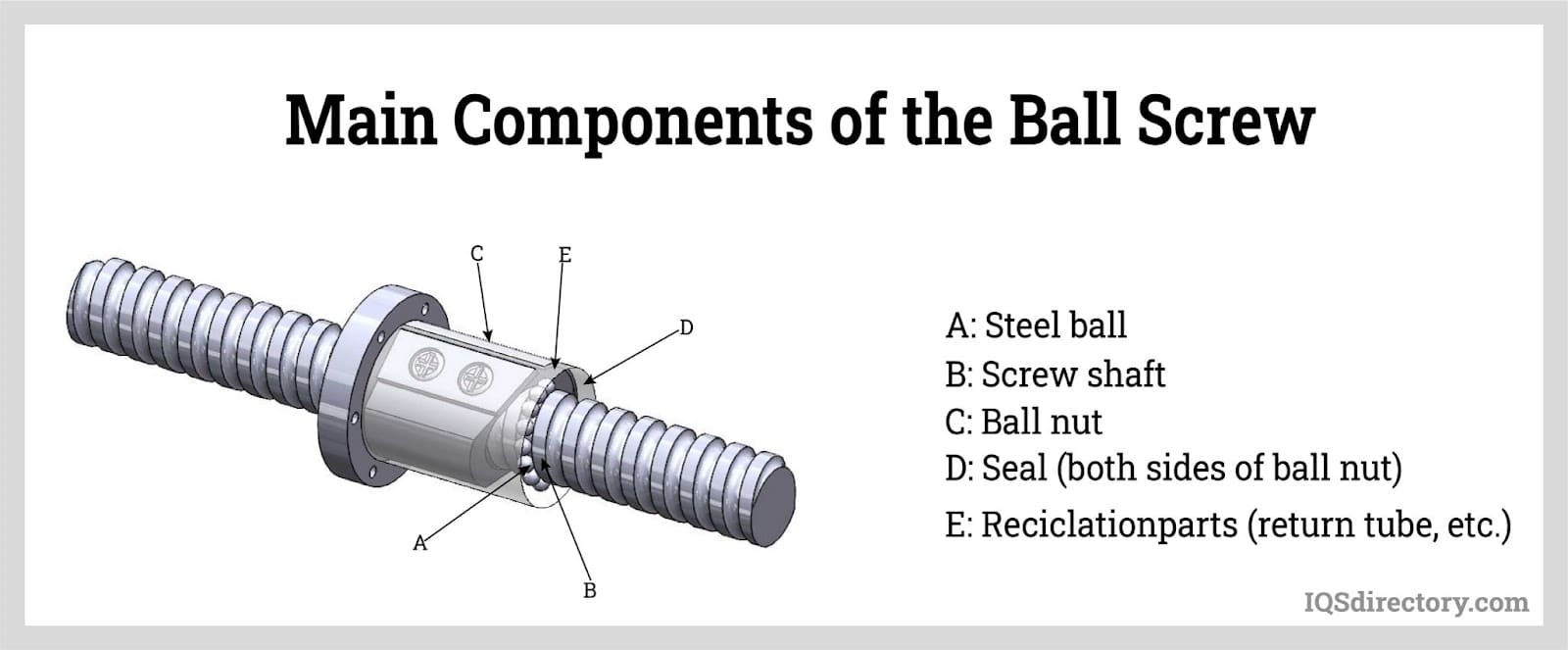
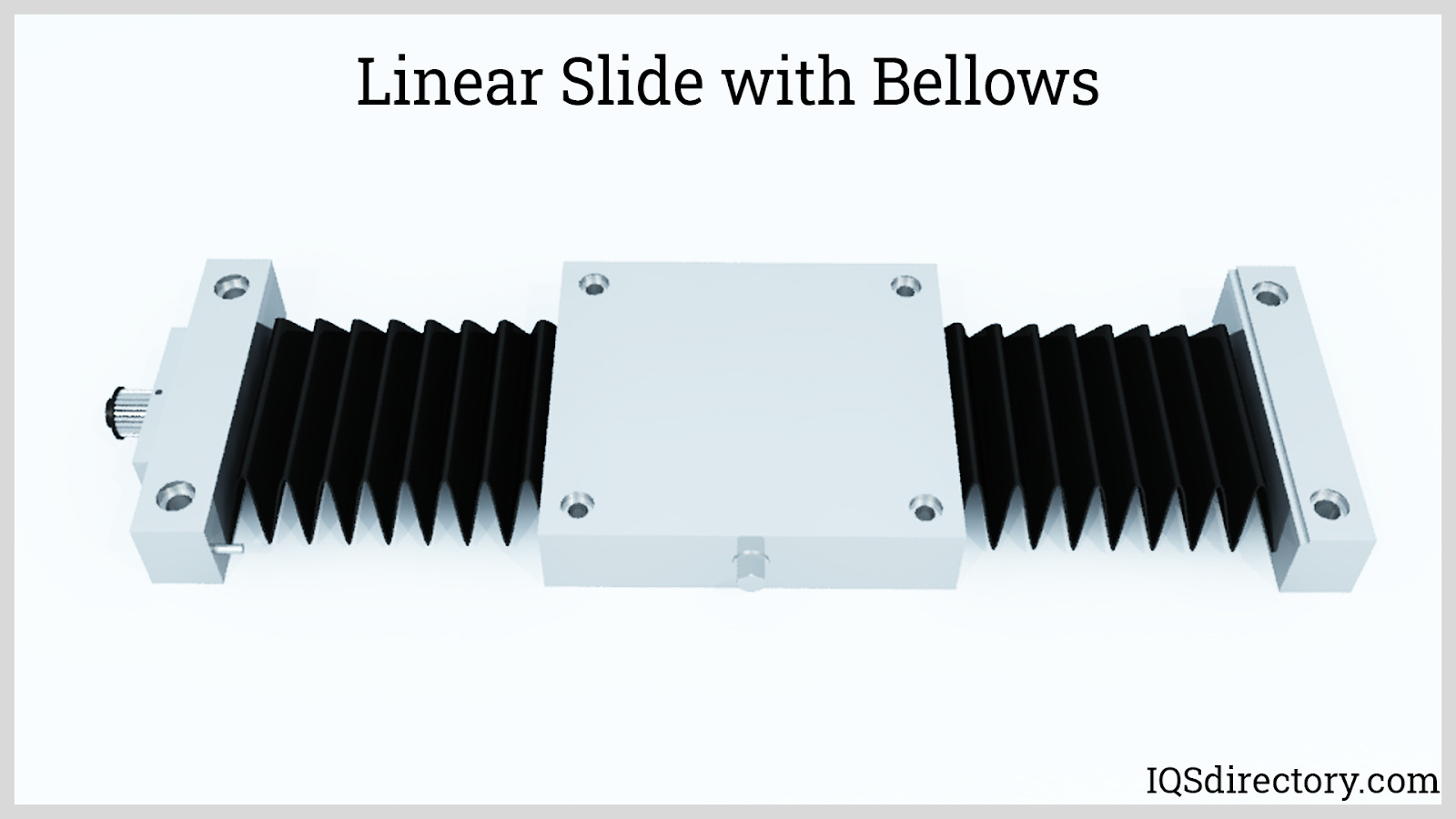
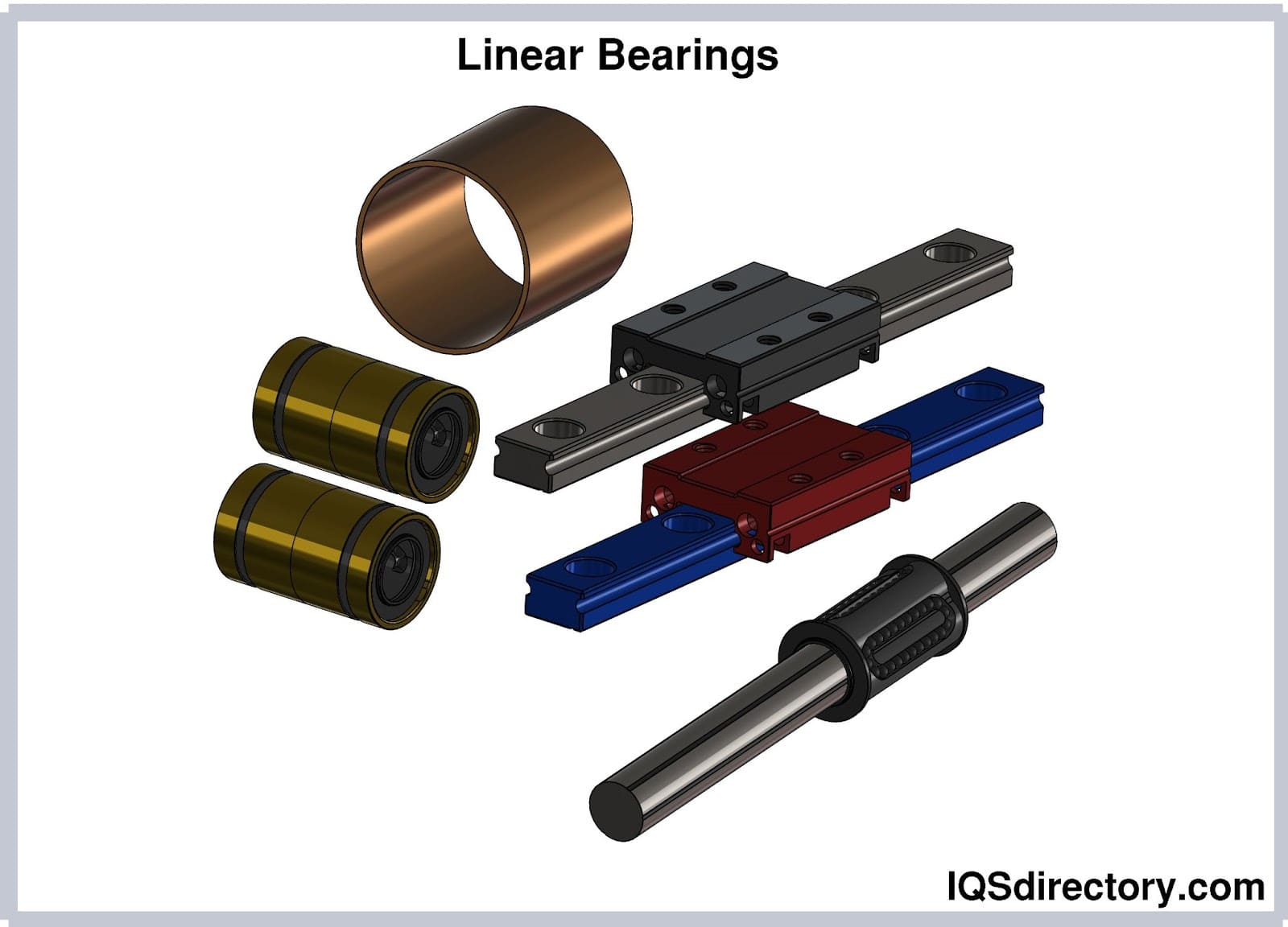
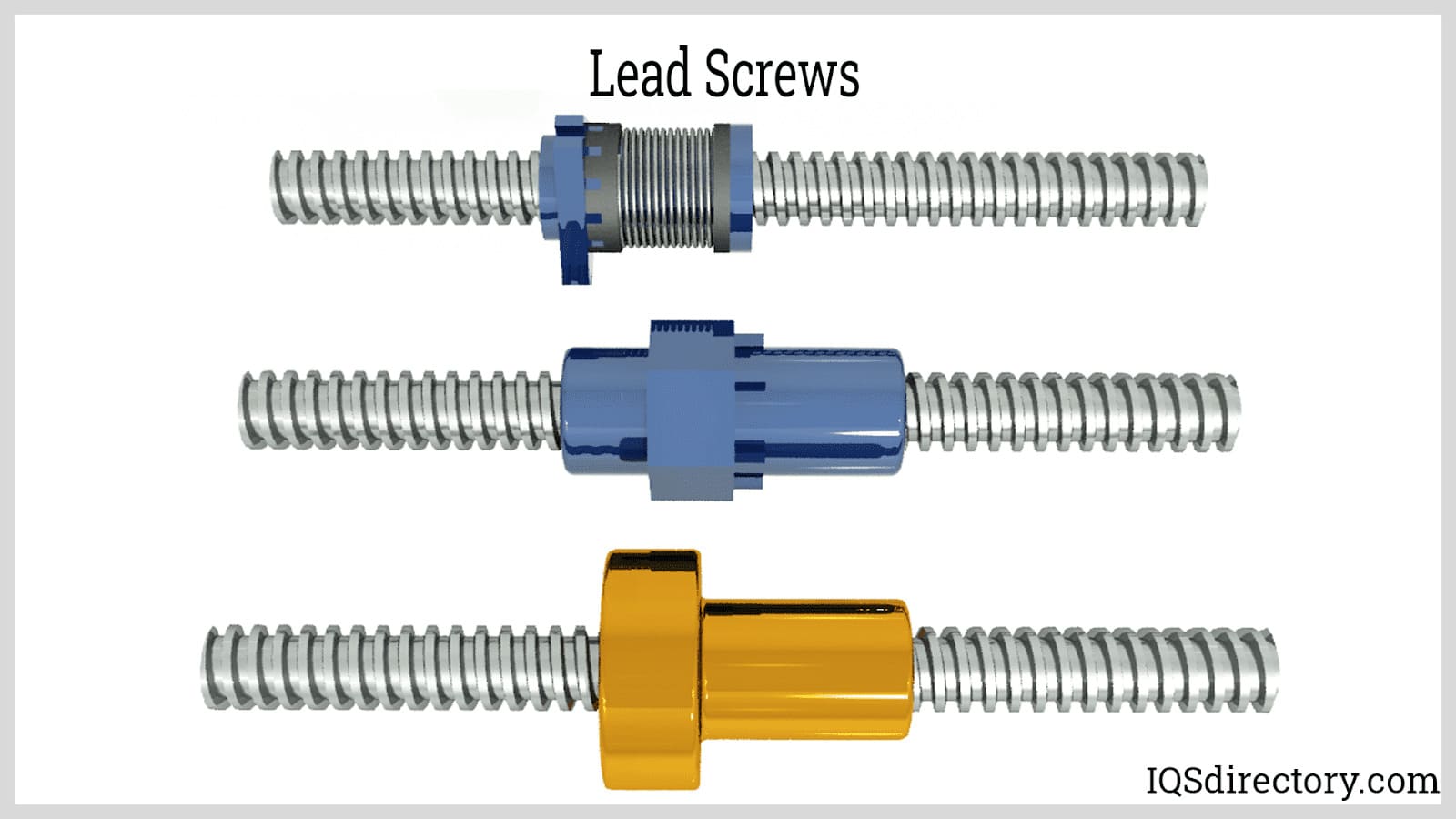
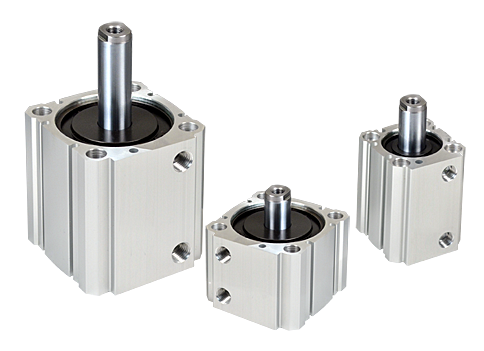 Air Cylinders
Air Cylinders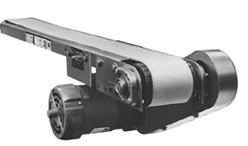 Assembly Machinery
Assembly Machinery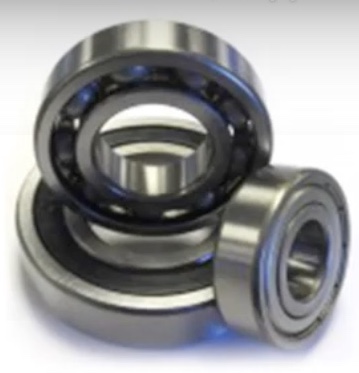 Ball Bearings
Ball Bearings Electric Motors
Electric Motors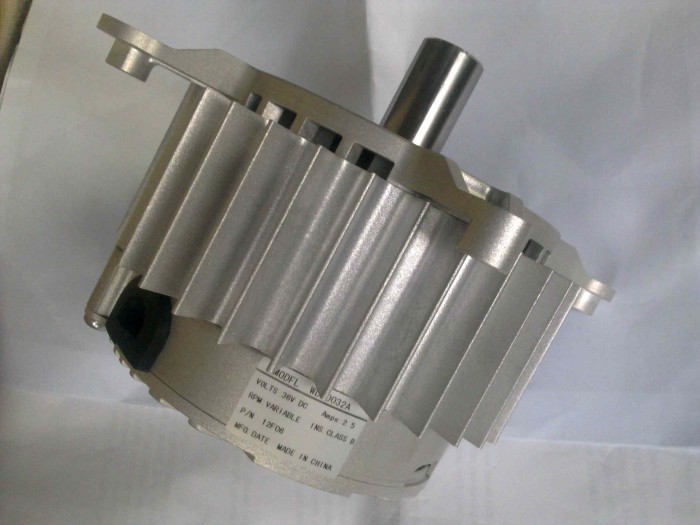 Fractional Horsepower Motors
Fractional Horsepower Motors Friction Materials
Friction Materials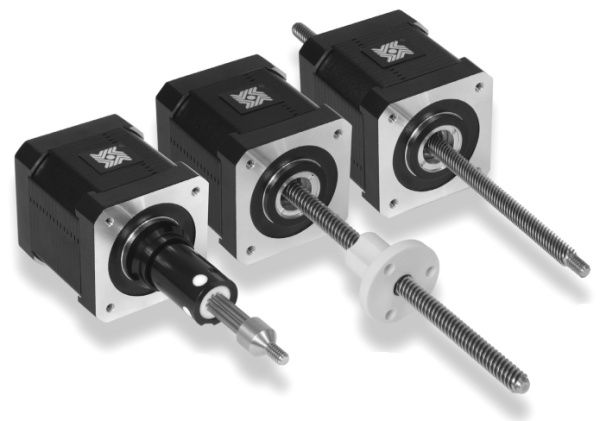 Linear Actuators
Linear Actuators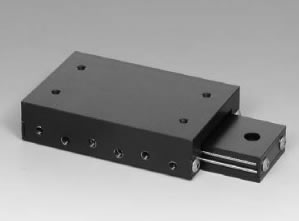 Linear Bearings
Linear Bearings Linear Slides
Linear Slides Castings & Forgings
Castings & Forgings Bulk Material Handling
Bulk Material Handling Electrical & Electronic Components
Electrical & Electronic Components Flow Instrumentation
Flow Instrumentation Hardware
Hardware Material Handling Equipment
Material Handling Equipment Metal Cutting Services
Metal Cutting Services Metal Forming Services
Metal Forming Services Metal Suppliers
Metal Suppliers Motion Control Products
Motion Control Products Plant & Facility Equipment
Plant & Facility Equipment Plant & Facility Supplies
Plant & Facility Supplies Plastic Molding Processes
Plastic Molding Processes Pumps & Valves
Pumps & Valves Recycling Equipment
Recycling Equipment Rubber Products & Services
Rubber Products & Services